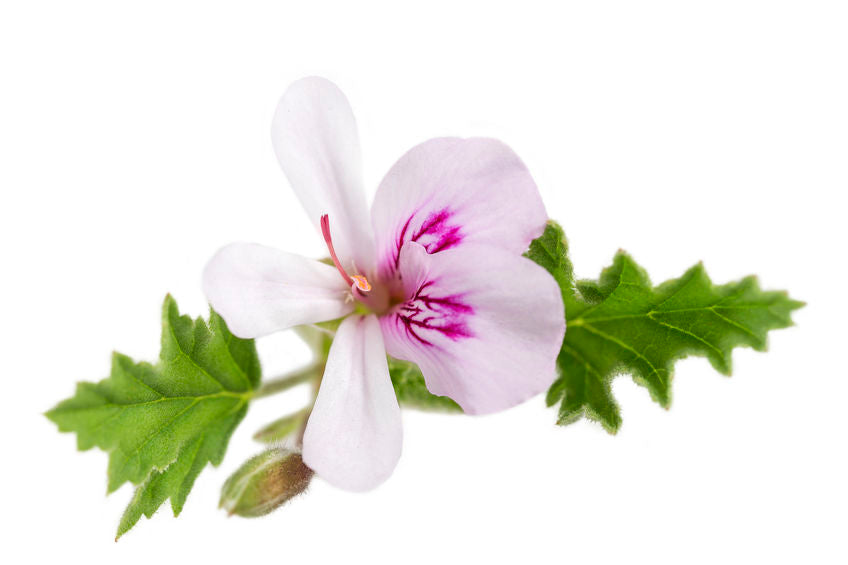
No products found in this collection
Geranium essential oil production was established initially in the early 19th century around Grasse in the South of France. Geranium essential oil production now centers predominantly around Upper Egypt, the Yunnan province of China and to a lesser extent in the Western Cape and surrounding provinces of South Africa, Morocco and India. Harvest is carried out on hot, dry days as harvesting wet plants too soon after rain or on humid days leads to poor oil recovery during distillation.

